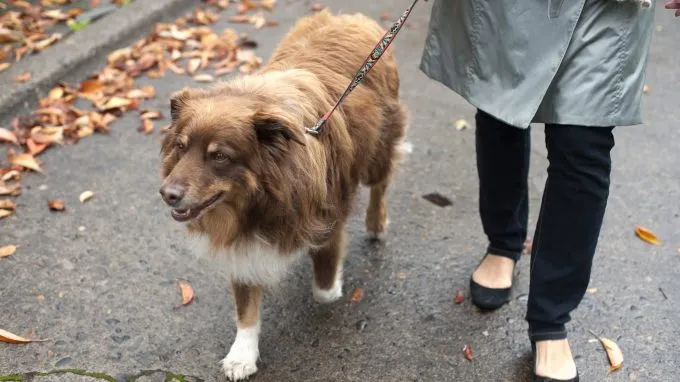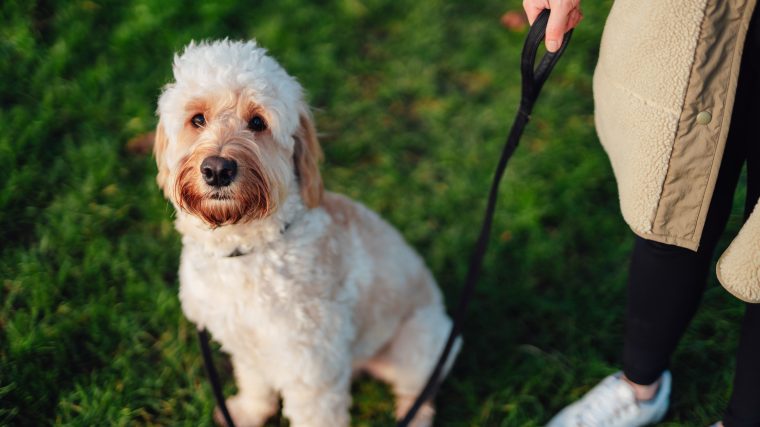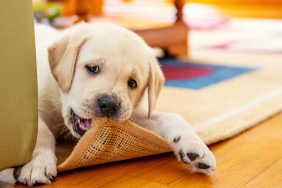
If you’ve ever spoken with a dog trainer or looked up techniques to help your fearful or reactive dog, you may have come across the term Behavioral Adjustment Training. But, what is this training technique, and can it be beneficial for your dog? Learn more about Behavioral Adjustment Training, and why it might be the right choice for you.
What is Behavioral Adjustment Training (BAT)?
Behavioral Adjustment Training, or BAT for short, is a useful training technique. It’s designed to help your dog learn to navigate strange, stressful, or reactive situations. It gives your dog the choice to engage with the stimulus as much as they are comfortable with. BAT is a great technique used for dogs with poor socialization. It’s also good for dogs reactive to people or other animals. By implementing BAT training, you gradually desensitize your dog to the situation or object causing a reaction until your dog is comfortable with it.
BAT can be slow and seem like not much progress is being made — but that’s a good thing! By keeping things boring and below a threshold — or the point where your dog reacts — you can reduce stress for your dog. This also gives ample time to incorporate rewards such as treats for positive interactions during the training session. And by reducing the amount of reactivity your dog has to a situation you can start to replace fearful behaviors with positive associations.
When is BAT good for dogs?
BAT is a specialized training technique that is useful in a variety of situations for more advanced behavioral issues. Reactive, undersocialized, and fearful dogs can all benefit from this gradual, patient training system. If your dog is reactive to other pets or small children on walks, BAT can help reduce reactivity so that you can go on a walk with less worry.
If you have a fearful or undersocialized dog, BAT can also be implemented to help your dog get used to new places or people. By gradually introducing them and giving them the tools to interact with the situation, they’ll learn how to better navigate strange or fearful ones in the future.
The basics of BAT
The first step is to find a trainer in your area that specializes in BAT. They can work with you on the initial training steps to give you the right tools and tips. From there, the trainer can work with you on future sessions. Or, they can give you the go-ahead to practice on your own. You’ll want to have a long leash and plenty of treats or toys. If you’ll be working with a reactive dog, your trainer may also suggest a muzzle.
BAT takes time, patience, and a lot of repetition. You want to find the point where your dog is interested — such as looking at a person once in a while, or sniffing and exploring — but not reactive — such as barking, ears pricking forward, or hackling. This is called the threshold. From there, you will step back from that threshold to give your dog the chance to explore, relax, and get used to the situation.
It’s important to understand your dog’s body language during BAT training, especially as you increase interactions. Stop if you notice your dog is becoming agitated or isn’t comfortable. That’s a sign that you should return to the previous step and work from there. It can take a long time, especially for a very reactive dog. But, by giving your dog the tools to control the situation, you’ll end up with a dog that is much more comfortable in every situation.
Behavioral Adjustment Training is a great tool to include when working with a reactive or fearful dog. Be sure to follow the advice of your trainer, and take breaks if your dog (or you) are feeling uncomfortable. Want to check out other training tips? Our guide on the best training techniques can help.









